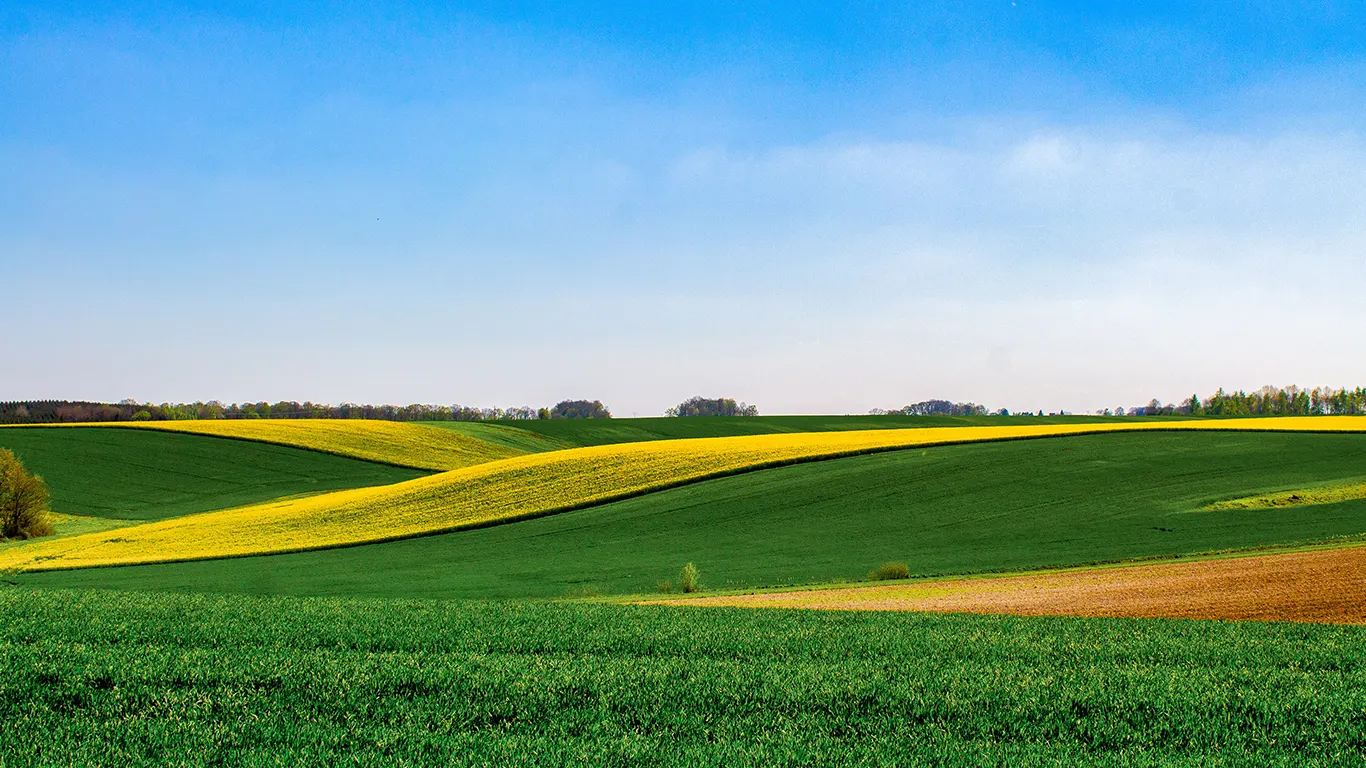Cities are the hubs of modern lives providing homes, educational systems, workplaces, and infrastructure to support large communities of people. However, as the world’s population continues to grow, it instills more pressure on the available resources while generating ever-increasing volumes of carbon emissions. In order to combat these issues, there is a need to make societal changes on an unimaginable and near scale. Creating ecological spaces across the world’s ever-expanding cities continues to be a challenge for most nations globally. With sustainability becoming more essential in our day-to-day lives, some cities and communities have already undertaken huge steps toward creating a greener future.
As populations continue to grow, cities should endeavor to transform and adapt their transportation systems creating access to sustainable, affordable transportation options. In Gothenburg, they are dedicated to improving its public transport and creating a wave of green options, boosting travel by electrifying their buses, trains, boats, and trams. Moreover, they have introduced electric waste collection trucks aiding to decrease levels of emissions while lowering noise pollution thus allowing less restrictive collection schedules and building a cleaner city for all. As a means to promote green transport, other cities have built bike paths for most of their city workers to commute by cycling. In Israel, a new system was invented during the COVID-19 era and could be the key to creating faster, cleaner, and more convenient commutes. Users enter their current locations and destinations then an algorithm calculates the most efficient journey. Thereafter, public transport is re-routed accordingly.
Regeneration projects are at the forefront of sustainable city initiatives. In Bangkok, the shortage of green spaces has come under scrutiny resulting in the conversion of an old, elevated railway line into a city park. Scientists conclude that global warming is increasing the likelihood of extreme weather events including floods. Though, Singapore is fighting back by using the power of nature to mitigate the risks. Concrete neighborhoods are interlaced with green spaces that can naturally detain and filter water. This concept has been named the garden city due to its abundance of greenery thus, attracting many tourists.
There’s a growing trend where large amounts of pollutants are being generated in city centers. This has created a necessity to adopt techniques that improve the air quality by providing green spaces such as parks and woodlands where the introduced plant life absorbs carbon from the air replacing it with oxygen. Not only do they provide habitats for wildlife leading to more bio-diversity within the city but also create therapeutic spaces, hence improving mental health. Miniature forests are springing up on patches of land in urban areas using methods inspired by Japanese temples. Research shows that protected areas around temples and shrines contain a huge variety of native vegetation that co-existed to produce diverse and resilient ecosystems. The forests are viewed as a potential to combat climate change.
Globally, cities consume the majority of the energy supply accelerating the extent of greenhouse gas emissions. The scale and consumption rate have become a major challenge for both existing and developing cities. Luckily, many locations are inventing new and natural energy sources. From capturing excess heat in the electricity production facilities which are distributed through a network of pipes delivering it to most households. Similarly, district cooling has been introduced using the same system where the cold harbor water is chilled and delivered to its customers.
As populations continue to expand so does food production. In order to do this, cities must come up with new ways to feed their citizens focusing on local and sustainable food growing methods. Helsinki, Finland has a rich heritage in urban farming with allotments leased out to residents and the walking paths running through them designated to public parklands. In recent times, there has been a push for more carbon-neutral urban farming with many residents embracing crop growing on rooftops or in sack gardens creating small farming spaces with old industrial sacks. Short on space, people in cities have often looked upward for places to expand. In Milan, architects have created a vertical forest on two residential tower blocks boosting thousands of trees, shrubs, and plants saving up acres of land if it was planted on the ground.
Statistics indicate that the world produces tons of plastic and other waste which have a direct impact on the environment and people. To ensure a healthy planet, we need to invest and adopt appropriate waste management technologies which can help communities to improve their recycling systems and prevent waste from ending up in landfills. The introduction of policies such as banning single-use of plastic bags and conducting educational initiatives has enabled many to divert from disposing of waste into landfills. Due to continued investment into green initiatives, countries are urged to form synergies and set goals to become net-zero in the future promoting high-quality ecosystems for its citizens.




